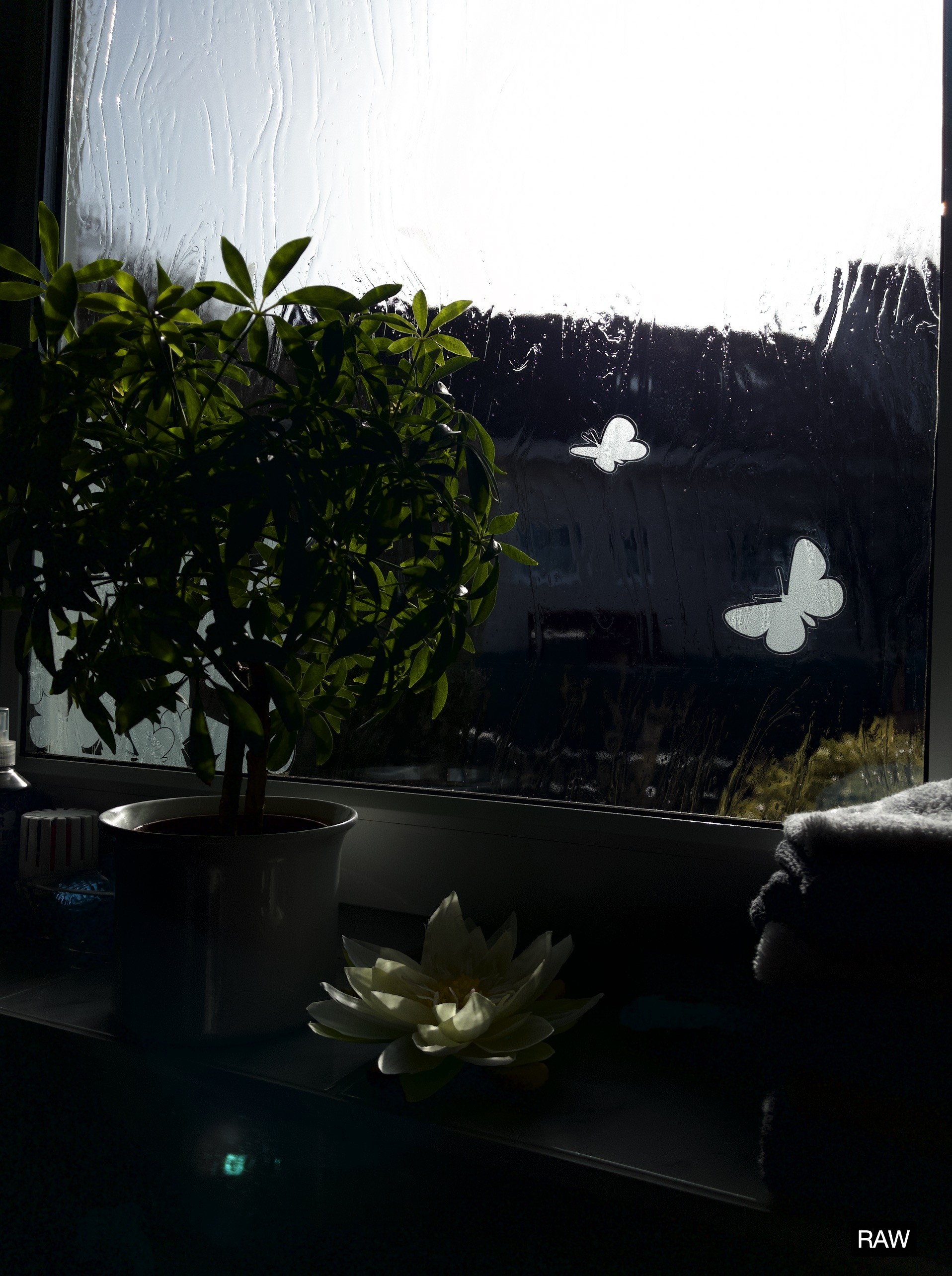iPhone cameras are lauded for their impressive image quality, often touted as some of the best in the smartphone market. However, many users have noticed a peculiar phenomenon: sometimes, iPhone photos appear to be overly processed, losing the natural look and feel they were hoping for. This article delves into the reasons behind this perceived over-processing and provides potential solutions to achieve more natural-looking iPhone photography.
One of the primary concerns voiced by iPhone users is the inconsistency between the preview shown before capturing a photo and the final image after processing. As one user on an Apple forum pointed out, “it shows the image preview and it’s followed by the fully processed image.” This discrepancy can be jarring, leading to disappointment when the final result doesn’t match the initial expectation.
Several factors contribute to this “over-processed” look, and understanding them is key to taking better photos. Let’s explore some of the main culprits.
Understanding iPhone’s Image Processing
To understand why your iPhone photos might look overprocessed, it’s important to recognize that iPhone cameras don’t just capture a raw image. They employ sophisticated computational photography techniques to enhance photos automatically. This involves:
- Smart HDR: iPhones use High Dynamic Range (HDR) to capture more detail in both shadows and highlights. While beneficial in many situations, sometimes HDR can lead to images that look unnatural or overly bright, especially if the “View Full HDR” setting is enabled in the Photos app.
- Scene Detection: This feature automatically identifies the scene you’re shooting (e.g., landscape, portrait, night) and adjusts camera settings accordingly. While generally helpful, it can sometimes misinterpret scenes or apply excessive adjustments.
- Deep Fusion and Smart HDR 4 (on newer models): These advanced technologies analyze multiple exposures to optimize for detail, texture, and noise, especially in mid to low light. While powerful, aggressive application can sometimes result in a processed or artificial appearance.
- Night Mode: When shooting in low light, Night mode automatically brightens the scene. While incredibly useful for capturing detail in dark environments, it can sometimes flatten the image or reduce natural contrast if overused or triggered unnecessarily.
These features work in milliseconds, automatically applying adjustments to give you what Apple believes is the best possible image. However, “best” is subjective, and sometimes these automatic processes can lead to a look that users perceive as overprocessed.
Common Settings Contributing to Overprocessed Photos
Several settings on your iPhone can influence the degree of processing applied to your photos. Adjusting these can help you gain more control over the final image.
“View Full HDR” in Photos App
One user, CheckeredBeetle, pointed out that the “View Full HDR” setting can significantly impact how images appear in the Photos app. When enabled, it displays the full dynamic range captured, which can sometimes make images look overly processed or unnatural, especially on iPhones with HDR displays like the iPhone 12 Pro Max.
 iPhone camera settings interface showing options for HDR, Scene Detection, and Prioritize Faster Shooting, discussed in the context of overprocessed photos.
iPhone camera settings interface showing options for HDR, Scene Detection, and Prioritize Faster Shooting, discussed in the context of overprocessed photos.
Solution: Try turning off “View Full HDR” in Settings > Photos. This might make your photos appear more balanced and natural within the Photos app itself. It’s important to note that this setting doesn’t change the underlying image data but only how it’s displayed. As CheckeredBeetle mentioned, viewing the same images in a third-party app or on a Mac might reveal that the actual image data is not as drastically altered as it appears in the Photos app with “View Full HDR” on.
“Preserve Settings” in Camera Settings
Another setting group to examine is “Preserve Settings” within the Camera settings. B-Vaz suggested checking these settings, specifically “Creative Controls” and “Exposure Adjustment.”
Solution: Go to Settings > Camera > Preserve Settings and ensure that “Creative Controls” and “Exposure Adjustment” are toggled off. When these are enabled, the camera remembers your last used filter or exposure adjustment and applies it to subsequent photos. This can lead to unintended and persistent over-processing if you’re not consciously resetting these settings after each shot. Disabling these ensures the camera fully resets after each photo, giving you a fresh starting point.
Night Mode’s Automatic Activation
Cheerio598 highlighted an issue with Night Mode automatically activating, even when not desired. While Night Mode is excellent for low-light photography, its automatic engagement can sometimes lead to photos that are brighter than intended or lack the natural ambiance of a low-light scene.
Solution: In iOS 15 and later, you can control Night Mode persistence. Go to Settings > Camera > Preserve Settings and toggle “Night Mode” to on. This counterintuitive setting actually allows you to preserve your choice to turn Night Mode off. To make it work, you need to manually disable Night Mode when it activates in the Camera app once. After that, the iPhone should remember your preference to keep it off in similar lighting conditions.
Camera Settings Tweaks
Beyond the “Preserve Settings,” general camera settings can also influence the outcome. CheckeredBeetle shared their preferred settings for more natural results:
Solution: Consider adjusting the following in Settings > Camera:
- Intelligent HDR: Keep this on as it generally improves dynamic range without being overly aggressive in most scenarios.
- Scene Detection: Try toggling this off. While it aims to optimize for scenes, turning it off might give you more consistent and less automatically “enhanced” results, allowing you more control in post-processing if desired.
- Prioritize Faster Shooting: This setting might subtly affect image quality to prioritize speed. Try toggling this off to see if it improves image quality, potentially at the cost of slightly slower capture times.
Experimenting with these settings can help you find a balance that produces photos closer to your desired look straight out of the camera.
Addressing Changing Image Appearance After Capture
Several users, including viraj0202 and raminta224, reported that photos sometimes change their appearance after they are taken, becoming duller or more contrasted. This can be unsettling and make it difficult to rely on the initial preview.
Apple Support, as visitor123 quoted, acknowledges this as “expected behavior,” stating, “it shows the image preview and it’s followed by the fully processed image.” This processing happens in the background after you take the shot.
Raminta224 even suggested a peculiar workaround: “if you want to see the true colours of your picture you have to turn on screen recorder. Otherwise your contrast will keep increasing while looking at the pic.” While this is an unusual observation and likely not an intended solution, it highlights the frustration users feel with the post-capture processing changes.
Léonie pointed out that shooting in Apple ProRAW (available on Pro iPhones) can offer more control. ProRAW files are less processed and retain more dynamic range, giving you greater flexibility in editing. However, ProRAW files require post-processing to achieve their final look, which adds an extra step to your workflow. ProRAW is not designed to reduce overprocessing in standard JPGs but rather to offer an alternative for users who want more control from the outset.
Conclusion: Finding Your iPhone Photography Sweet Spot
While iPhone cameras are powerful and convenient, their automatic processing can sometimes lead to photos that appear overprocessed. Understanding the settings that influence this processing and experimenting with adjustments is key to achieving more natural-looking results.
By toggling off “View Full HDR” for a more balanced Photos app display, disabling “Creative Controls” and “Exposure Adjustment” in “Preserve Settings” for consistent camera behavior, managing Night Mode activation, and tweaking general camera settings like Scene Detection, you can gain more control over your iPhone photography.
Remember, the “best” photo is subjective. Experiment with these suggestions to find the settings that align with your personal preferences and allow you to capture photos that are both technically sound and visually appealing to you. If you continue to experience issues or suspect a hardware problem, consider consulting with Apple Support directly.
